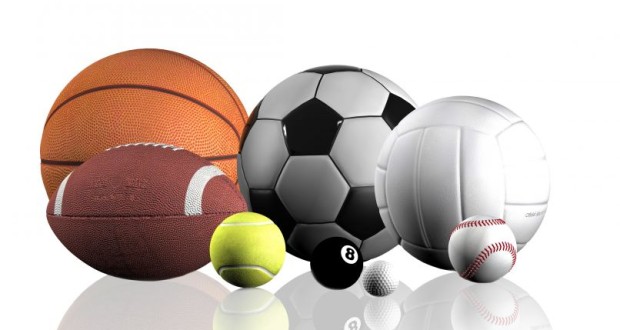It goes without saying that participating in organized sports is a great way of getting and staying in shape. Unfortunately, such activities also place the body at risk of injury. While there is no way to completely avoid getting hurt while playing sports, taking certain precautions can make such injuries less likely to occur.
Where Athletes Get Hurt
According to Webmd.com, the most common sports injuries are as follows:
Ankle Sprains – There’s a good chance you probably known someone who’s suffered an ankle sprain, or that you’ve dealt with one yourself. Each day, an estimated 25,000 people sprain their ankles, which occur when the ligaments surrounding the ankle are stretched or torn.
Groin Pull – The adductors, or the muscles found on the inner thigh, are made up of six individual muscles. A person sustains a groin pull when one or more of these muscles are strained, meaning that it is overextended or torn.
Hamstring Strain – Though its name would suggest otherwise, the hamstring actually consists of a group of three muscles that extend along the back portion of the thigh. These muscles can be strained if an athlete fails to properly warm up or stretch before engaging in physical activity. This type of injury is fairly commonplace in sports that emphasize running and jumping. Rapidly accelerating or decelerating the body can also cause these sprains.
Shin Splints – Shin splints might seem like an odd name for a health-related problem, but at least it rolls of the tongue better that “medial tibial stress syndrome,” the official medical term for this condition. People with shin splits develop pain along the inner edge of the tibia, also known informally as the shinbone. Runners, dancers and recruits for the military frequently encounter this injury.
ACL Tear – The anterior cruciate ligament (ACL) is one of the four main ligaments linking the thigh and shin bones. It is tasked with keeping the shin bone in its proper place, preventing it from sliding out of its normal alignment. ACL tears are a regular occurrence in sports such as basketball, football and soccer.
Patellofemoral Syndrome – The most common reason for chronic knee pain, patellofemoral syndrome (also called chondromalacia patella) is caused by the erosion of kneecap cartilage. This loss of cartilage occurs as the kneecap repeatedly presses against the edge of the thigh bone.
Tennis elbow – A type of overuse injury, tennis elbow develops after the patient performs certain arm movements over and over gain, causing small tears in the forearm’s tendons. Playing tennis is just one of reasons for the appearance of tennis elbow – painting, driving screws, using plumbing tools and cutting up vegetables can also trigger tennis elbow.
Shielding the Body from Injury
Even the most conscientious athletes can fall victim to injury. However, following certain guidelines can help protect the body’s physical wellbeing.
When Playing Sports, Be In Shape – Many sports require athletes to be in good overall shape. People who are not used to exerting themselves often sustain injuries when engaging in such activities. Because of this, athletes tend to place a strong emphasis on regular training.
Follow the Rules – In addition to giving sports boundaries and structure, sports rules are also used to keep participants from getting hurt. For example, football has rules against certain kinds of blocks and tackles.
Dress Properly – Putting on piece after piece of protective gear might be a bit of a chore, but it is well worth the effort. Sporting equipment such as helmets, pads and gloves play a crucial role in ensuring athlete safety.
Remember to Rest – Even the most tenacious and successful athletes have their limits. Training too hard for too many days in a row can injure the body. No matter how healthy and athletic you might be, your body still needs a reasonable amount of rest.
Remember to Warm Up – When attending a sporting event, you might see players warming up before the action officially starts. These exercises help stave off injury by increasing the body’s temperature. Choose a warm-up routine that adequately prepares you for playing your sport.
Listen to Your Body – As much as you may want to push yourself through pain and fatigue, doing so can wind up hurting your body. Consult with your doctor if you believe you have sustained an injury.
 Natural Knowledge 24/7 Educate yourself with nutrition, health and fitness knowledge.
Natural Knowledge 24/7 Educate yourself with nutrition, health and fitness knowledge.






